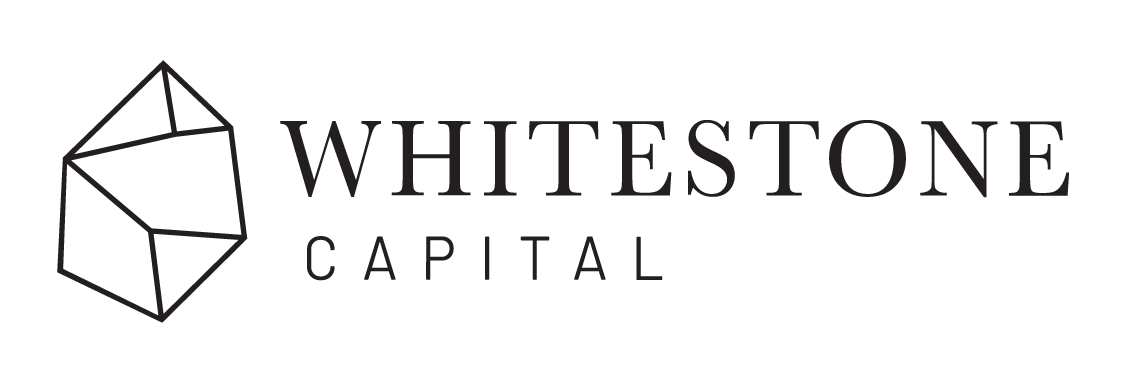Many assume: An upfront fee is a bonus. We say: The acquisition fee is not a perk. It’s the price of preparation, responsibility, and risk – long before a property generates a dollar of income.
In the world of institutional and semi-institutional real estate investments – especially in U.S. real estate syndications – the acquisition fee is a core compensation mechanism for the sponsor or general partner (GP).
It compensates for the considerable upfront effort involved in identifying, analyzing, and structuring a viable investment – at a stage where the sponsor has already committed time and capital without certainty of closing.
What is an Acquisition Fee?
The acquisition fee is a one-time payment made to the sponsor upon successful acquisition of a property. It is typically paid at closing from the investor equity raised. Market standard ranges from 1.0% to 3.0% of the purchase price.
For larger club deals ($50 million+), fees tend to fall between 1.0% and 1.5%. Smaller projects or newer sponsors may see acquisition fees up to 5.0%.
The exact amount depends on project complexity, deal size, sponsor experience, and investor structure. In the U.S., this fee is not only standard practice – it is a central element of risk distribution: those who carry the operational burden upfront are compensated upfront.
Why is the Acquisition Fee Paid?
The acquisition fee is not a commission. It is not a success bonus. It is the only compensation a sponsor receives before a property begins generating cash flow.
It is the financial bridge that allows professional operators to execute thorough underwriting, due diligence, and legal structuring – often months before an investor commits capital.
This preparation includes multiple stages:

Deal Sourcing
Finding the right asset requires time, market access, and deep local networks. Sponsors typically review hundreds of deals to identify one that justifies investor capital. Many of the best assets never appear on the open market.
Ashcroft Capital reports analyzing 80 to 100 properties for each acquisition. At Whitestone, we screen around 500 deals annually – with a multi-stage filter. Those with potential receive full underwriting models.
Underwriting & Financial Modeling
Once a property has been shortlisted, in-depth financial analysis begins. This includes: Rent roll analysis, Expense and reserve projections, Market comparables, Renovation needs, Value-add potential.
From this, a detailed financial model is built that simulates cash flow, financing, and exit scenarios. This phase takes 40 to 100 hours of specialized work. By mid-2025, Whitestone has produced approximately 100 full models and expects to complete around 250 by year-end.

Purchase Negotiation
If a deal remains viable, negotiation begins. The sponsor submits a Letter of Intent (LOI) and enters price and term negotiations. In competitive markets like Florida or Texas, this often includes multiple bidding rounds.
Legal review of a purchase agreement – often 300+ pages – follows. Experienced counsel must align on terms, liabilities, representations, and timelines.

Financing Structuring
While negotiations proceed, the sponsor arranges financing. This involves engaging lenders, requesting term sheets, selecting appropriate loan types (e.g. agency vs. bridge), and providing extensive underwriting documentation.
Loan contracts often exceed 200 pages and require technical reports, insurance coverage, legal sign-offs, and consistent engagement with underwriters and attorneys over 30–60 days.
Insurance & Ancillary Setup
Property-specific insurance must be sourced and negotiated: property insurance, liability, flood, and potentially builder’s risk. Terms must align with loan covenants and asset-specific risks.
Due Diligence
This is where most of the operational risk is discovered. Due diligence includes: Technical inspections (roof, HVAC, plumbing, etc.), Environmental reviews (Phase I, Phase II), Lease audits (comparing rent rolls to signed contracts), Review of service agreements, HOAs, tax histories. Each unit is walked, each lease reviewed. With U.S. leases averaging 40–50 pages, this requires days or weeks of coordinated effort.
Legal & Entity Structuring
Once feasibility is confirmed, legal structuring begins. This typically includes forming a U.S.-based LLC or LP, drafting a Private Placement Memorandum (PPM), Subscription Agreement, and Operating Agreement.
The sponsor must also ensure regulatory compliance: SEC exemptions, investor qualification, anti-money laundering protocols.

Context: Why the Fee Is in Investors' Interest
The acquisition fee is not a margin booster. It enables serious sponsors to pre-fund a deal’s complexity before investor funds are committed. Without it, sponsors would either: Cut corners on underwriting, Rely on back-loaded promote fees, Or limit themselves to only low-complexity deals.
No acquisition fee, no institutional quality. U.S. structures are transparent. Investors see the fee upfront, benchmark it against market norms, and ensure sponsor alignment.
U.S. vs. Europe: Different Logic, Clearer Rules
In German-speaking markets, acquisition fees are often viewed skeptically – confused with sales commissions or brokerage margins. But in the U.S., the logic is different: the sponsor is a co-investor, not an intermediary. Fees are transparent, predictable, and governed by regulation and investor agreements.
Conclusion
The acquisition fee is not a reward. It’s the operational advance required to turn diligence into deals. It doesn’t guarantee returns – but without it, high-quality opportunities wouldn’t be feasible.
At Whitestone, we see it as part of a logic chain: Upfront effort. Transparent cost. Long-term accountability. That’s not a bonus structure. It’s a responsibility structure.







